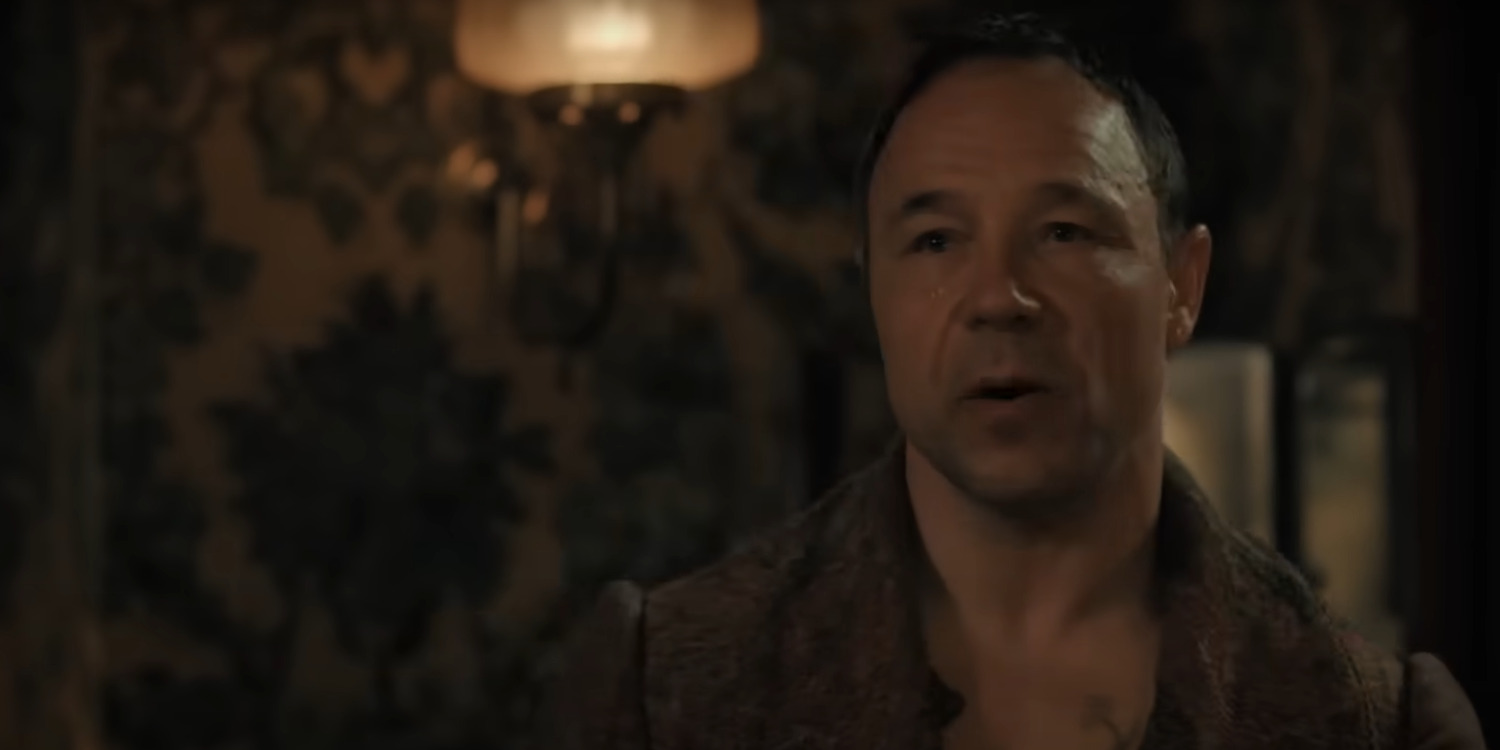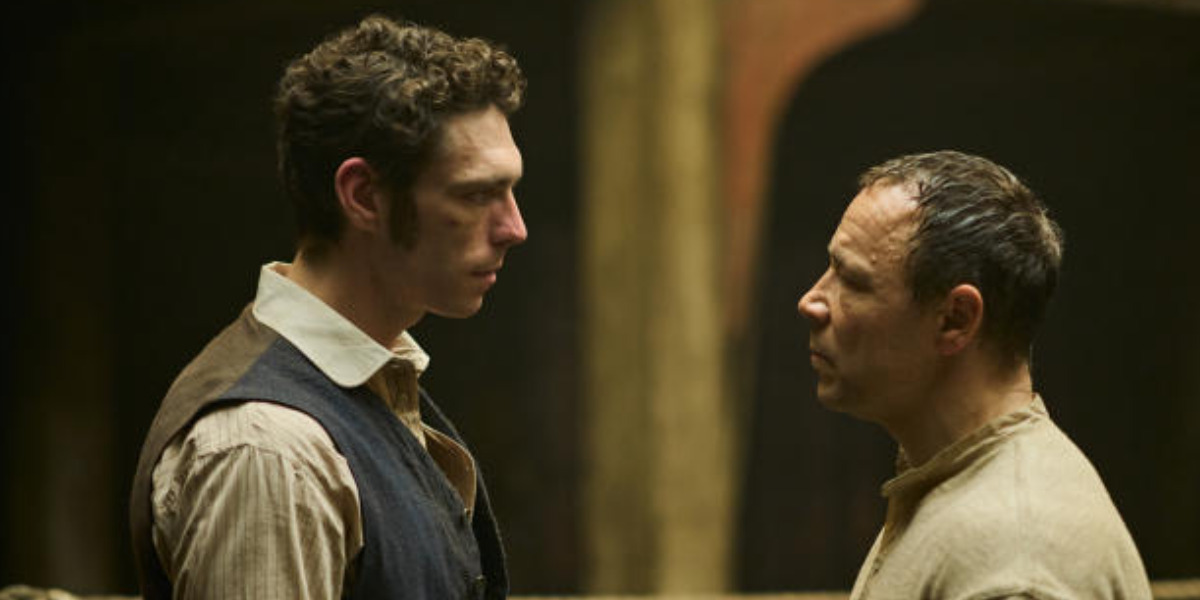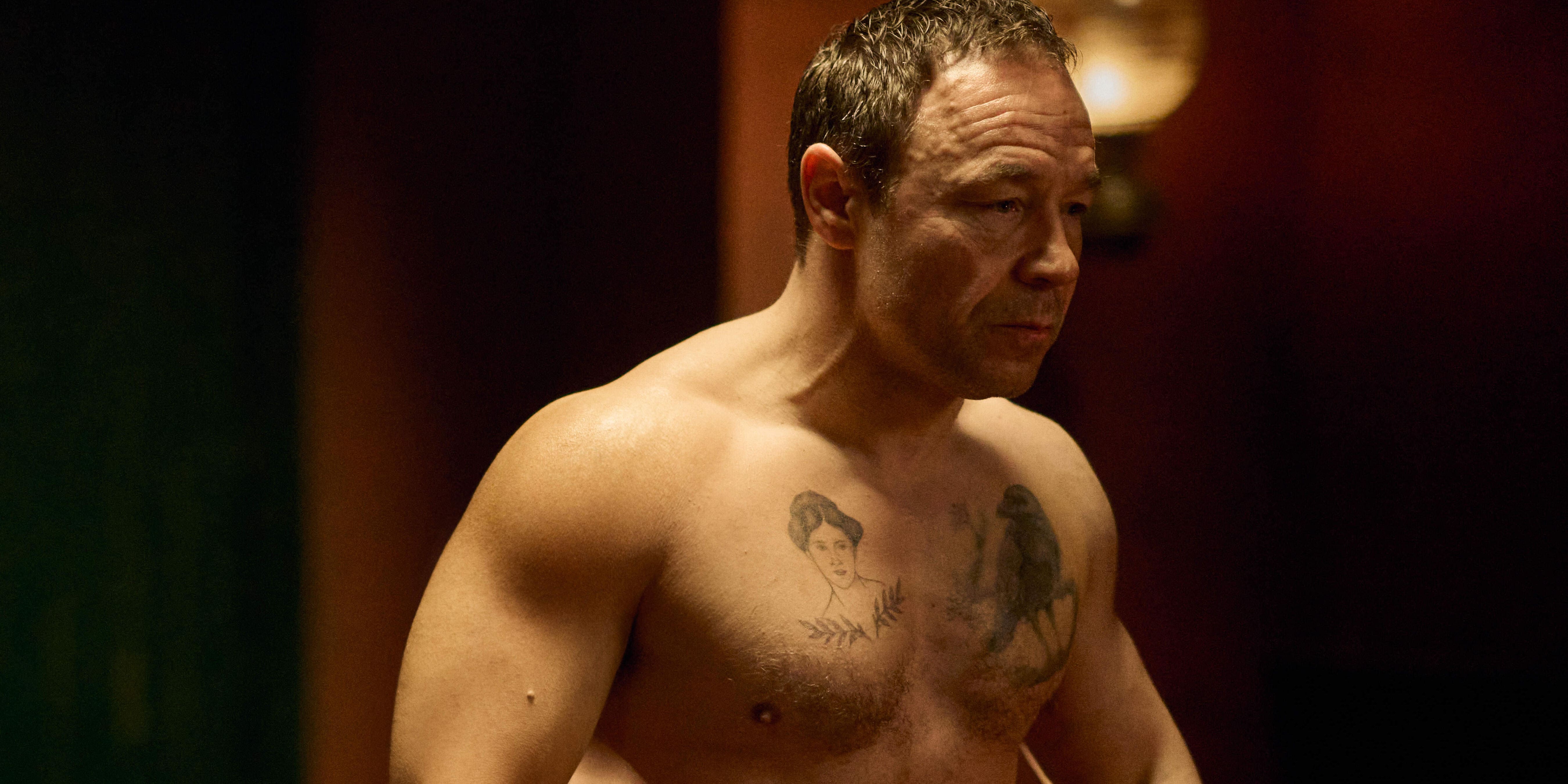Steven Knight’s historical fiction show ‘A Thousand Blows’ transports the viewers to 1880s London, where the undercurrent of the boxing world runs strong. When the aspiring lion tamer from Jamaica, Hezekiah Moscow, and his friend, Alec Munroe, arrive in the city’s East End, they inevitably end up falling in with the up-and-coming boxing crowd. As a result, their paths cross with the Goodson brothers, Henry—better known as Sugar—and Edward, a.k.a. Treacle—who run the underground bare-knuckle fighting ring on this side of the town.
Nonetheless, Hezekiah’s budding rivalry with Sugar is forcefully put on hold when Mary Carr, the Queen of the local all-women gang Forty Elephants, realizes she can use the Jamaican boxer’s help in carrying out her grand heist. Meanwhile, the older Goodson brother grasps a new, shining opportunity of his own to progress his name in the boxing world. Given the show’s unique relationship with real-life history and historical figures, Sugar’s roots in reality present an intriguing origin.
Henry “Sugar” Goodson is Inspired by a Real-Life Amateur Boxer From London
‘A Thousand Blows’ mines substantial inspiration from history regarding character creation. As such, most of the primary characters—from Hezekiah Moscow and Mary Curr to even Henry “Sugar” Goodson—end up being on-screen counterparts to actual real-life people. Born in Brick Lane, London, in 1856, Henry Goodson made a name for himself as an amateur boxer in the early 1980s. He was one of thirteen children—though not the oldest—and went on to find employment under his brother in their father’s family business. By 1876, he secured a marriage with Ann and had multiple kids with her—including three sons, James, Joseph, and Edward.

Eventually, near the end of the decade, Goodson began dabbling in boxing training before entering the ring under the name “Sugar.” As the 80s rolled around, spars and matches earned the boxer a name for himself in the boxing world as he competed alongside contemporaries like Denny Harrington, Jack Hicks, Alec Munroe, and more. He also became in charge of the Blue Coat Boy pub on Dorset Street in 1881 after Punch Lewis opened a boxing saloon at the establishment. Thus, best known for his compact build and one-defective eye, Goodson essayed a relatively middling amateur boxing career. Therefore, it’s evident that while Henry “Sugar” Goodson was a real-life boxer from 1880s London, his on-screen portrayal remains a dramatized—and at times fictionalized—version of the real man.
The show tinkers liberally with Goodson’s historical identity, adding or subtracting details to create a dynamic and multi-faceted character. It enhances the relationship between Sugar and his passion for boxing, allowing it to become a visual journey and a metaphor for his character’s narrative. Furthermore, the show also invents relationships between Sugar and other historically-inspired characters. Most notably, his rivalry with Hezekiah Moscow—a boxer he never faced off against on the record in real life—and his romance with Mary Carr present the most significant fictionalizations. Ultimately, these divergences from Goodson’s reality effectively turn Sugar’s character into a largely fictitious character who is only inspired by his namesake boxer.
Sugar Goodson Adds Gritty Reality to the Story
For the most part, Sugar Goodson remains somewhat of an antagonistic character in the show. His own complicated past compels him to seek out a rivalry with Hezekiah Moscow—the new boxer in town. As he becomes obsessed with this competition, it becomes a marker of his character. Consequently, once Hezekiah goes off to join Peggy Bettinson and Lord Lonsdale in the London Boxing Club on the other side of the town, Sugar and his bare-knuckle ways become an effective narrative foil for the former protagonist. As a result, Sugar and his boxing style and career become representative of the era-appropriate class divide in London and how it manifested in entertainment circles.

During a conversation with Newsweek, actor Stephen Graham—who plays Sugar in the show—spoke about this. In discussing his character’s relationship with the sport, he said, “Our piece shows the trajectory of boxing at that early stage, from bare-knuckle fighting through to Queensbury Rules, and with my character in particular, he’s an old-fashioned bear of a man who uses his fists, and as you say, he’ll bite, he’ll poke, he’ll scratch, and he’ll do anything in order to win.” Naturally, embodying the boxer’s violent physicality demanded hours and hours of training from the actor, who also had to work on his Liverpool accent to achieve Sugar’s London East End inflection. As such, the character is an amalgamation of various facets, including—but not limited to—his direct historical counterpart, who serves as the primary inspiration.
Read More: Is Mary Carr Based on a Real Gang Leader?


